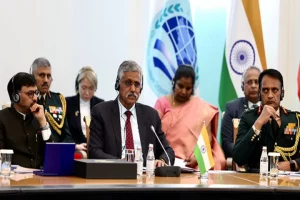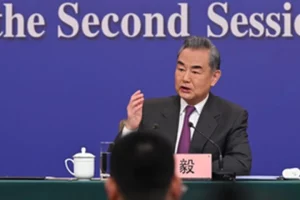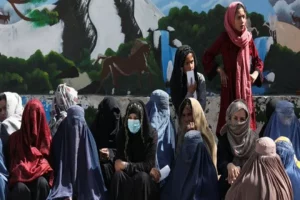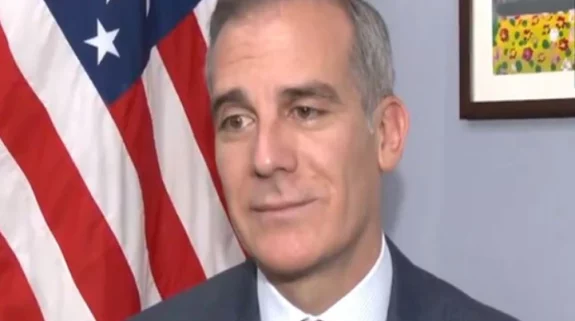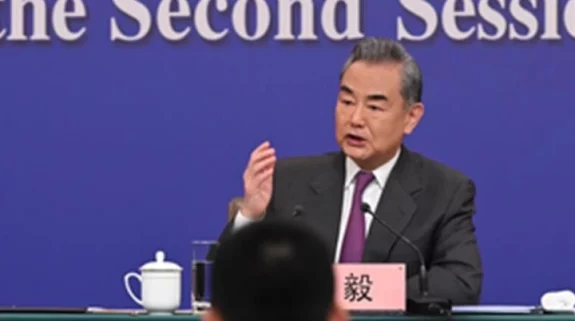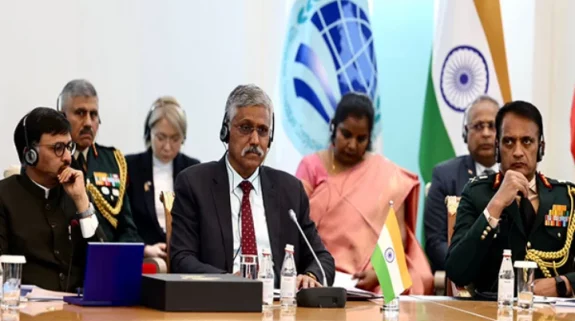With the rapidly changing global economic order, India must actively embark on an exercise to internationalize the rupee and push it aggressively outside its borders. The exercise must start at the earliest, analysts said, as the impact and uncertainty of the US-China trade war looms large.
Besides, the acceptance and dominance of the US dollar—the so-called global currency—is on a downward slope. Though the US dollar and the euro are the most accepted currencies in global trade, countries such as China and Russia have already initiated the process of making their own national currencies more acceptable outside their respective boundaries. The move, if successful, will counter the dominance of the dollar in the years to come.
<strong>India’s attempt to internationalize the rupee</strong>
Till some time ago, the rupee was considered a legal tender in Bhutan and Nepal; several other countries including Myanmar, Bangladesh and Sri Lanka have been accepting the rupee for transactions. However, even after the demonetization exercise, which came as a big blow to Nepal and Bhutan as the Narendra Modi government refused to accept and exchange the old demonetized currency notes of Rs 500 and Rs 1,000, these countries are now open to more extensive use of the rupee.
<strong>Also Read</strong>: <a href="https://indianarrative.com/economy/govt-must-persist-with-fiscal-prudence-as-deficit-grows-13756.html">Govt must persist with fiscal prudence as deficit grows</a>
Pahle India Foundation’s (PIF) senior fellow and head of research Nirupama Soundararajan said that the process of internationalizing the rupee “should have started much earlier.”
“It is a good idea to start the exercise and it can begin with expansion of trade in rupee with several smaller Asian countries like Bangladesh, Sri Lanka, and Vietnam. We also need to have a more significant role in the geopolitical frame. India can identify a few products and start rupee trade in those. We had done a similar thing with Iran in relation to oil,” Soundararajan said. She added that India must promote rupee trade while negotiating future bilateral deals.
<strong>Also Read</strong>: <a href="https://indianarrative.com/economy/indias-export-orders-up-as-many-countries-look-beyond-china-12978.html">India’s export orders up as many countries look beyond China</a>
<strong>Rupee valuation and its depreciation over the years</strong>
Analysts said that a stronger currency is more accepted for global trade.
In 2012, the rupee breached the 50 to a dollar level. At present it is around 73.4 to a dollar level. A depreciating rupee may help the export sector but typically a weak national currency is considered unhealthy for an economy.
“We must keep pushing the rupee for foreign trade and we must begin with countries with which India has a good cultural and economic ties but at the same time, one of the concerns is the valuation of the rupee,” Ashwani Mahajan, national co-convener, Swadeshi Jagran Manch said. “There is no empirical data to suggest that a weak rupee helps in the balance of payment, we must aim to make the rupee fundamentally strong and this should not be done artificially through market interventions,” Mahajan said, adding that the support for depreciation of the rupee to boost exports is a lopsided view.
“India must start the process of making the rupee more acceptable the world over, especially now that China has already gained in this respect, the process needs to start at the earliest,” EY chief economic adviser D.K. Srivastava said.
In March, the eight members of the Shanghai Cooperation Organization including India, China, Russia and Pakistan have called for laying out a roadmap to boost trade in local currencies. The member countries decided to adopt a system of mutual settlement of national currencies among themselves.
<strong>Also Read</strong>: <a href="https://indianarrative.com/economy/indias-538-bn-forex-enough-to-cover-over-95-of-its-external-debt-11352.html">India’s $538 bn forex enough to cover over 95% of its external debt</a>
<strong>China’s move to internationalize its currency</strong>
China has been actively pushing for internationalization of its own currency, renminbi (RMB), for the last several years. From October 2016, the International Monetary Fund (IMF) added the RMB to the basket of the Special Drawing Rights (SDR). The SDR refer to an international type of monetary reserve currency created by the International Monetary Fund (IMF), which has helped the currency gain global acceptance, even as it is not market driven. The RMB is now being widely used in many other countries, including a host of south east Asian economies..






